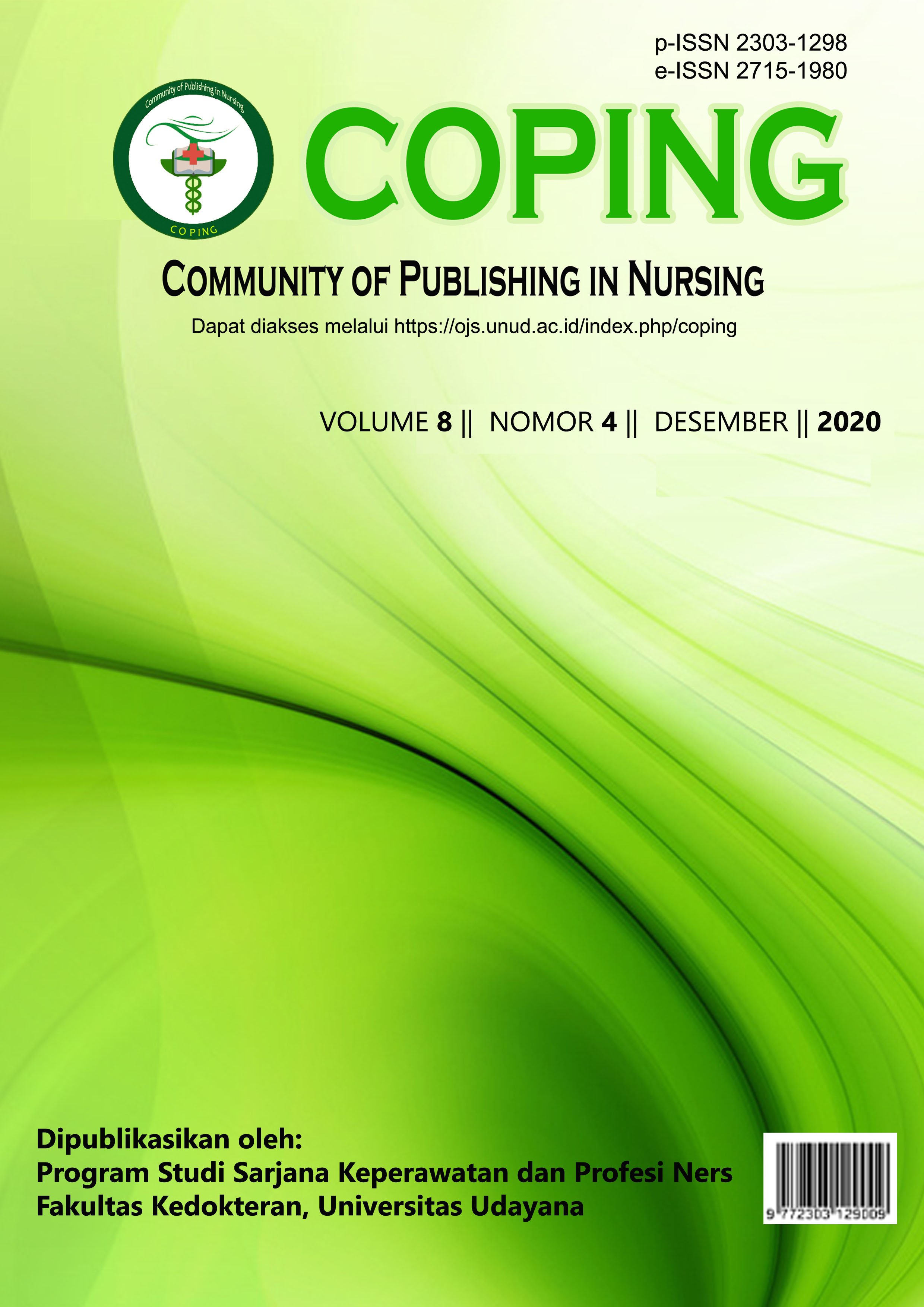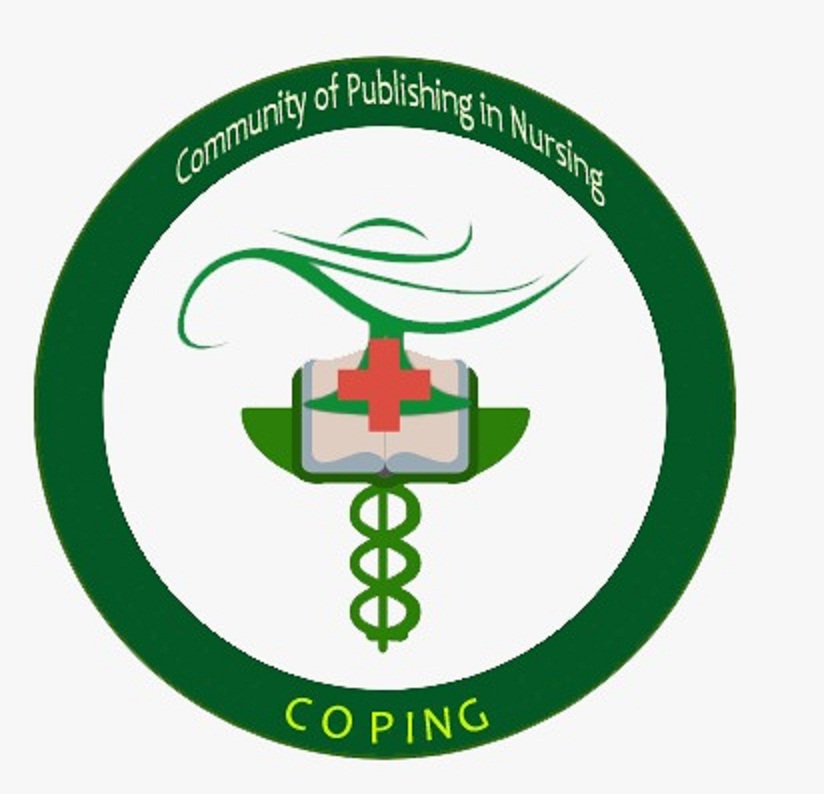HUBUNGAN IBU HAMIL DENGAN PREEKLAMSIA BERAT (PEB) TERHADAP ANGKA KEJADIAN BERAT BADAN LAHIR RENDAH (BBLR)
Abstract
Hypertension in pregnancy is a medical problem that often occurs during pregnancy and can cause complications in pregnancy. Preeclampsia in pregnancy causes various effects. According to the Preeclampsia Foundation in the American Pregnancy Association (2018), it is said that preeclampsia will cause insufficient blood to reach the placenta, which causes the intake of nutrients and oxygen to the fetus to be reduced and affects the fetal weight. The purpose of this study was to determine the relationship between pregnant women and severe preeclampsia (SP) on the incidence of low birth weight (LBW). This research uses analytical research methods with retrospective approach. Bivariate analysis is used to determine the relationship to the object of research using thetest Spearman Correlation. This research was conducted at Permata Bunda Hospital (RSPB) Purwodadi using secondary data from medical records as research data. Research subjects were pregnant women who gave birth with a sample of 33 respondents using a total sampling system. From the results of the study, 14 (82.4%) pregnant women with SP who gave birth to babies with LBW and 3 (17.6%) pregnant women with SP. Meanwhile, 2 pregnant women without SP who gave birth to LBW were 2 (12.5%) and 14 (87.5%) non-pregnant women who gave birth without SP. Spearman test results with a significant value of 0.000 (p <0.05) with a correlation coefficient of 0.699 which indicates a strong correlation and a positive value. This shows that there is a significant relationship between pregnant women and SP on the incidence of LBW.
Downloads
References
Badriyah, L., dan Tjahyani E. 2013. Hubungan Preeklampsia Berat dengan Kejadian Berat Bayi Lahir Rendah.
Dinkes Jateng. 2018. Profil Kesehatan Provinsi Jawa Tengah
Indrasari, N. 2012. Faktor Resiko pada Kejadian Berat Badan Lahir Rendah (BBLR). Jurnal Keperawatan. Vol. 2 No.2
Keman, Kusnarman., Patomekanisme Preeklampsia Terkini. Malang: Universitas Brawijaya Press; 2014
Kementrian Kesehatan RI. 2016. Profil Kesehatan Indonesia Tahun 2015. Jakarta. Kemenkes RI
Lestariningsih, S. 2013. Hubungan Preeklamsia Kehamilan dengan Kejadian BBLR di RSUD Jendral Ahmad Yani Kota Metro. Jurnal Kesehatan Metro Sai Wawai. Vol. 6 No. 2
Malissa, B. Towidjoyo, VD. 2014. Hubungan antara Preeklamsia dengan Kejadian BBLR di RSUD Undata Palu. Medika Tadulako. Jurnal Ilmiah Kedokteran. Vol. 1 No. 3
Manuaba, I. A. C., Manuaba, I. B. G. F., Manuaba, I. B. G. Ilmu Kebidanan, Penyakit Kandungan, dan KB Untuk Pendidikan Bidan. Jakarta: EGC; 2012
POGI. 2016. Diagnosa dan Tatalaksana Preeklamsia. Perhimpunan Obstetri Ginekologi Indonesia. Jakarta
Proverawati, A & Ismawati, C. 2010. BBLR (Berat Badan Lagir Rendah) Plus Asuhan pada BBLR dan Materi Pijat Bayi. Nuha Media. Yogyakarta
Rochyati. Skrining Antenatal pada Ibu Hamil. Surabaya: FK UNAIR; 2011.
Saifuddin, AB. 2009. Buku Acuan Nasional Pelayanan Kesehatan Maternal dan Neonatal. PT Bina Pustaka Sarwono Prawirohardjo. Jakarta
Saraswati, N & Mardiana. 2016. Faktor Risiko yang Berhubungan dengan Kejadian Preeklamsia pada Ibu Hamil. Unnes Journal of Public Health. Vol. 5. No. 2
Setyarini, DI & Suprapti. 2016. Asuhan Kebidanan Kegawatdaruratan Maternal Neonatal. Pusdik SDM Kesehatan. Kementrian Kesehatan RI. Jakarta
Supiati. 2016. Karakteristik Ibu Kaitannya dengan Kejadian BBLR. Jurnal Kebidanan dan Kesehatan Tradisional. Vol 1. No. 1
Wiknjosastro, H. 2008. Ilmu Kebidanan. Yayasan Bina Pustaka Sarwono Prawirohardjo. Jakarta







